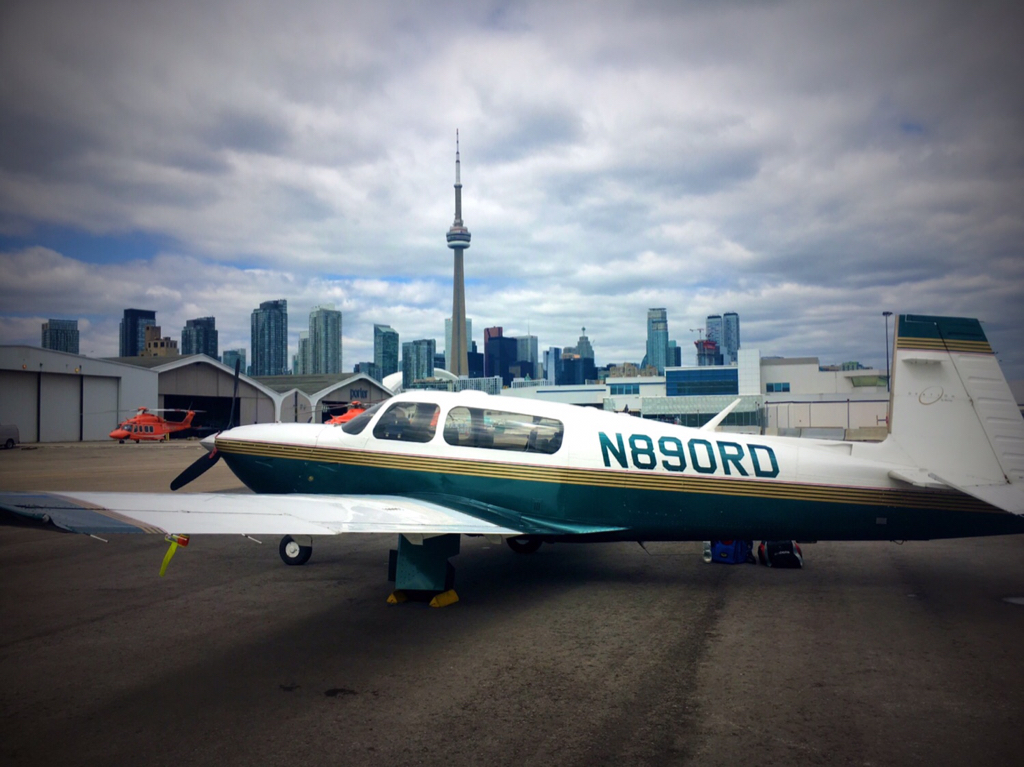hindsight2020
Final Approach
- Joined
- Apr 3, 2010
- Messages
- 6,723
- Display Name
Display name:
hindsight2020
Little product I whipped out in in excel to illustrate my point. NM vs KTGS, in hours, rounded to 10th of an hour.
IOW.... Cruise speed deltas are really not that important at the ranges that most people fly with frequency (sub-400). For those who do go beyond that range consistently, cruise speed does matter as the shading illustrates. Where your family falls on the pax-endurance also makes a difference to whether your choice of airplane works for you or not. These are subjective metrics outside the stated performance of the aircraft in question.
For me, since I'm already sunk on 4 years of ownership in the arrow, none of the competitors represent a large enough increase in capability in order to make the transaction costs and mx-kabuki of the "new-to-my-AP-logbooks" game worth the hassle. So until I can significantly change my mission, or agree to overkill the current mission (aka the wife currently wanting to transpose our current 400nm 2+1 mission ....onto a Lance
P.S. OP fwiw, I just got my Arrow back from annual today so here's the updated numbers: July 2013-July 2017, mx costs (parts and labor, with labor faaaar outstripping parts): $20,705... I don't do owner assisted and my labor rates are not regionally competitive, so I'm on the high side for an arrow imo due to location. Biggest single item expense has been the gear powerpack giving up the ghost this year. That was 2.2 AMU with labor. Rest of the time the gear has been solid reliable and not a detraction to dispatch rate. I didn't count the TOOLBOX AFFAIR as it had nothing to do with the airplane, and the guilty party paid for it. It did ground me for 3 months waiting on a rear spar replacement, and a real testament to the benefit of owning a common PA28. Had that happened on a Comanche? Buh Bye birdie most likely.
Good luck on whatever you end up buying.








